Paint & Varnish Analysis
Scientific examination of historic coatings providing crucial insights for preservation and restoration
Scientific Investigation
Revealing the hidden history and composition of coating materials
Uncovering Original Finishes Through Science
Our paint and varnish analysis service employs sophisticated scientific techniques to investigate historic coatings found on furniture, architectural elements, paintings, and decorative objects. By analyzing microscopic samples, we can identify original colors, pigments, binding media, and application techniques used throughout history.
This critical information informs conservation treatment decisions, guiding the preservation of original finishes or accurate recreation of historic appearances. Using both traditional analytical methods and advanced technology, we reveal the invisible layers of the past with precision and accuracy.
Microscopic Analysis
Examination of cross-section samples under high magnification reveals distinct layers of historic finishes, their sequence, and composition.
Pigment Identification
Scientific testing identifies specific pigments used in historic paints, providing dating evidence and guiding accurate color matching.
Media Analysis
Determination of binding materials—oils, resins, proteins, or synthetic compounds—helps characterize historic finish types and formulations.
Analytical Services
Comprehensive analytical methods for historic finish investigation
Cross-Section Microscopy
We prepare and analyze microscopic cross-section samples taken from your object, revealing the complete stratigraphy of finish layers. This primary analytical method allows us to determine the sequence and number of finish campaigns, observe distinct color layers, and identify aspects of the painting technique. Our experts document each layer with high-resolution digital microscopy, providing crucial baseline data for all further analysis.
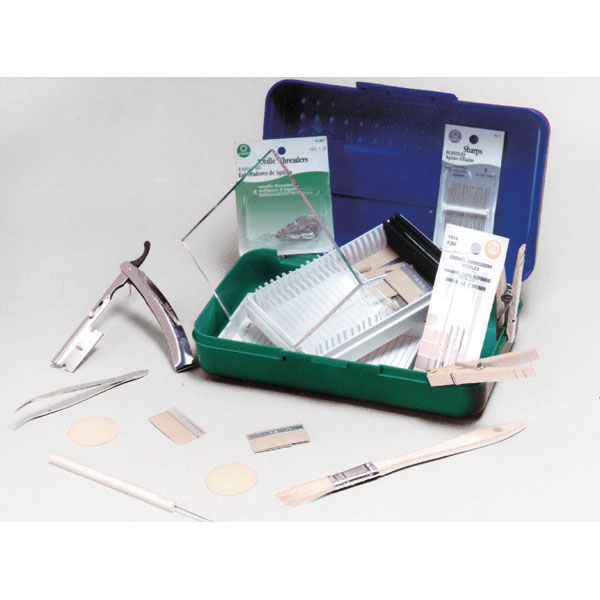
Color Matching & Recreation
Using spectrophotometry and color microscopy, we can identify and match original paint colors with exceptional accuracy. This service is particularly valuable for historic buildings and furniture requiring authentic restoration of original decorative schemes.

Pigment Analysis
Through polarized light microscopy, microchemical testing, and spectroscopic analysis, we can identify specific pigments used in historical paints. This information helps establish dating evidence and guides authentic restoration.
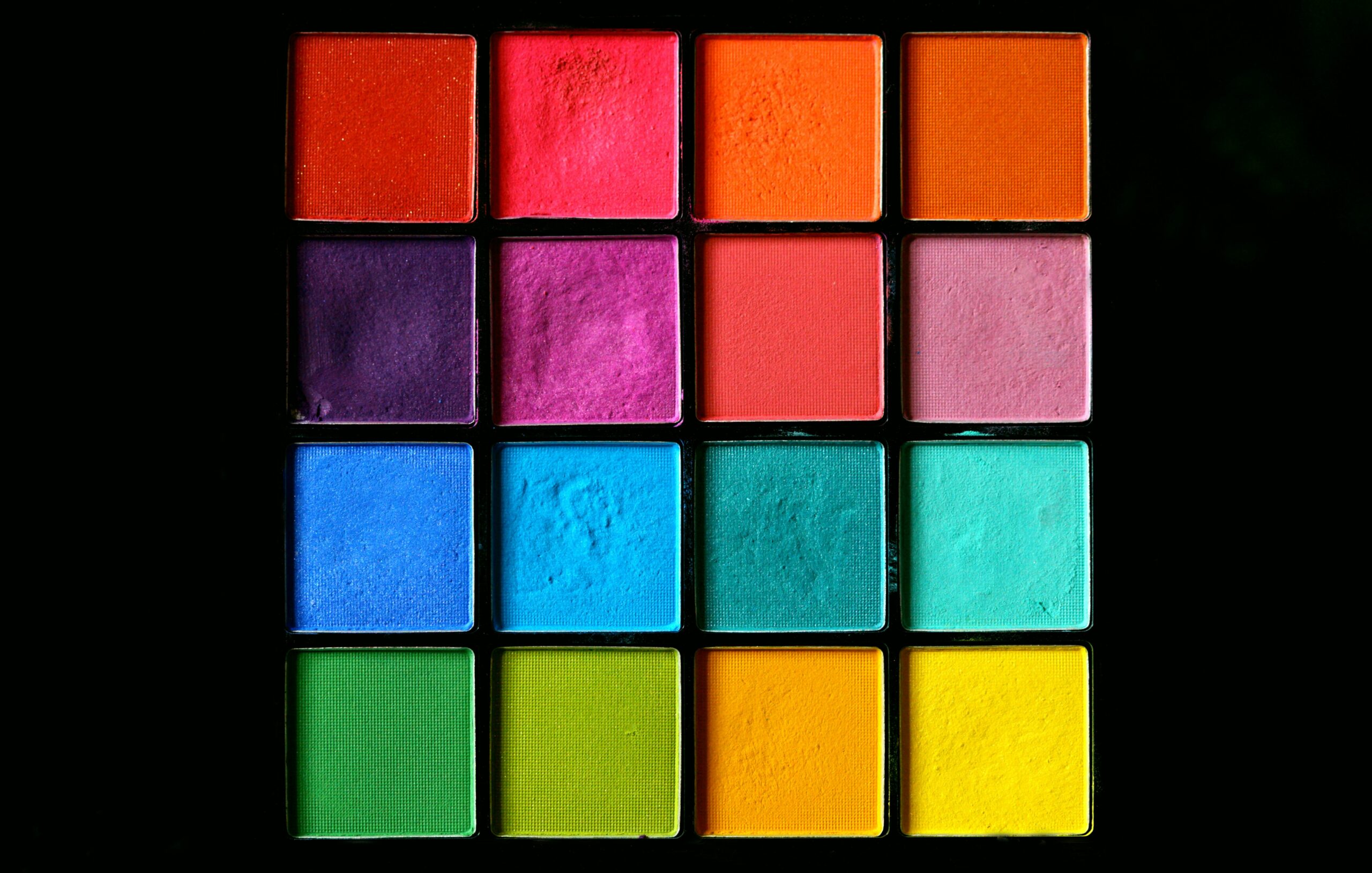
Binding Media Identification
We analyze the organic components in historic finishes to determine whether oil, protein (distemper), resin, or synthetic materials were used as binding media.
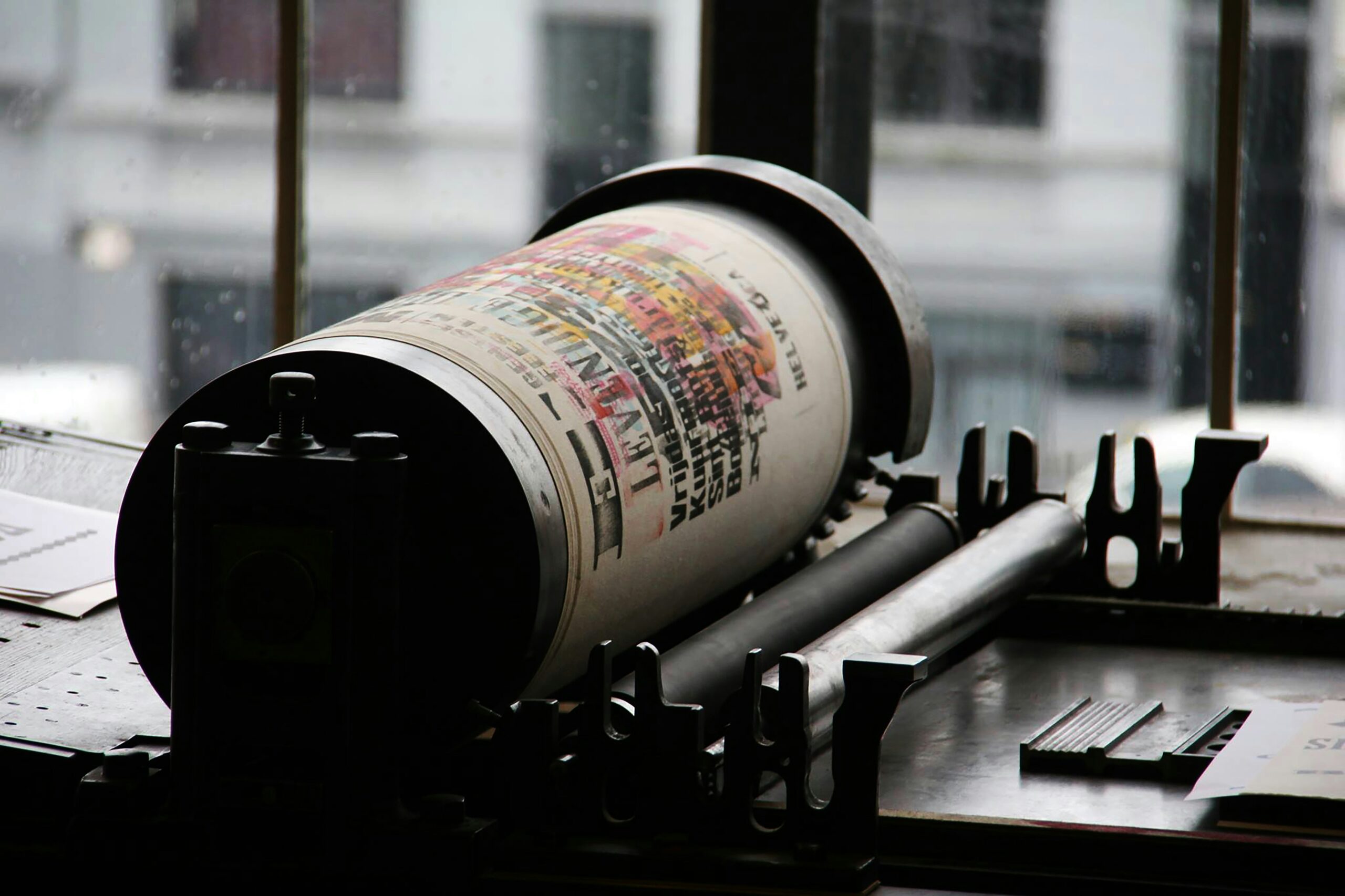
Varnish Characterization
Our analysis can identify historical varnish compositions, differentiating between shellac, copal, mastic, and other traditional resin formulations.
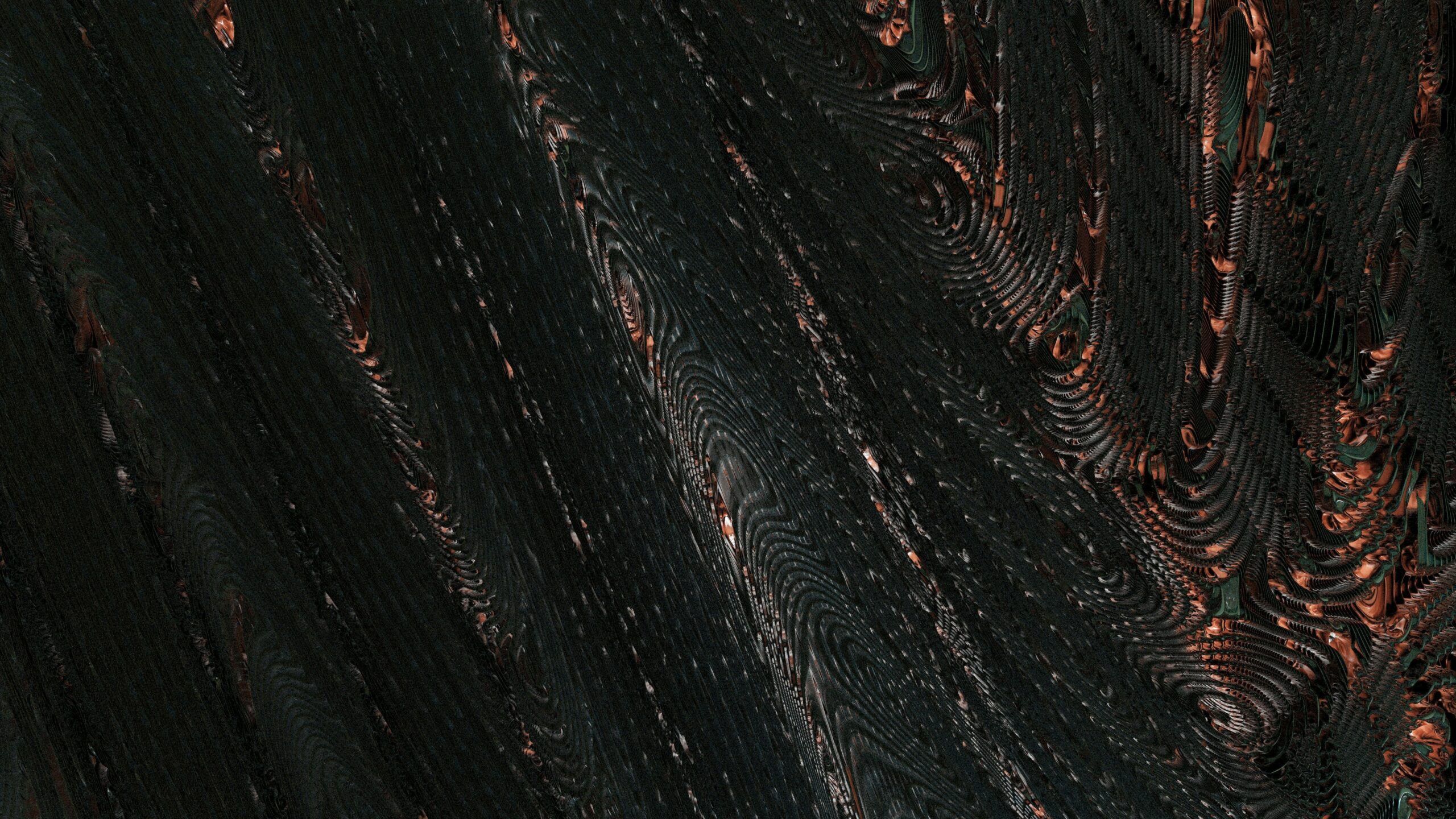
Architectural Finishes Survey
Comprehensive investigation of historic architectural elements, including documentation of original paint schemes and decorative techniques.
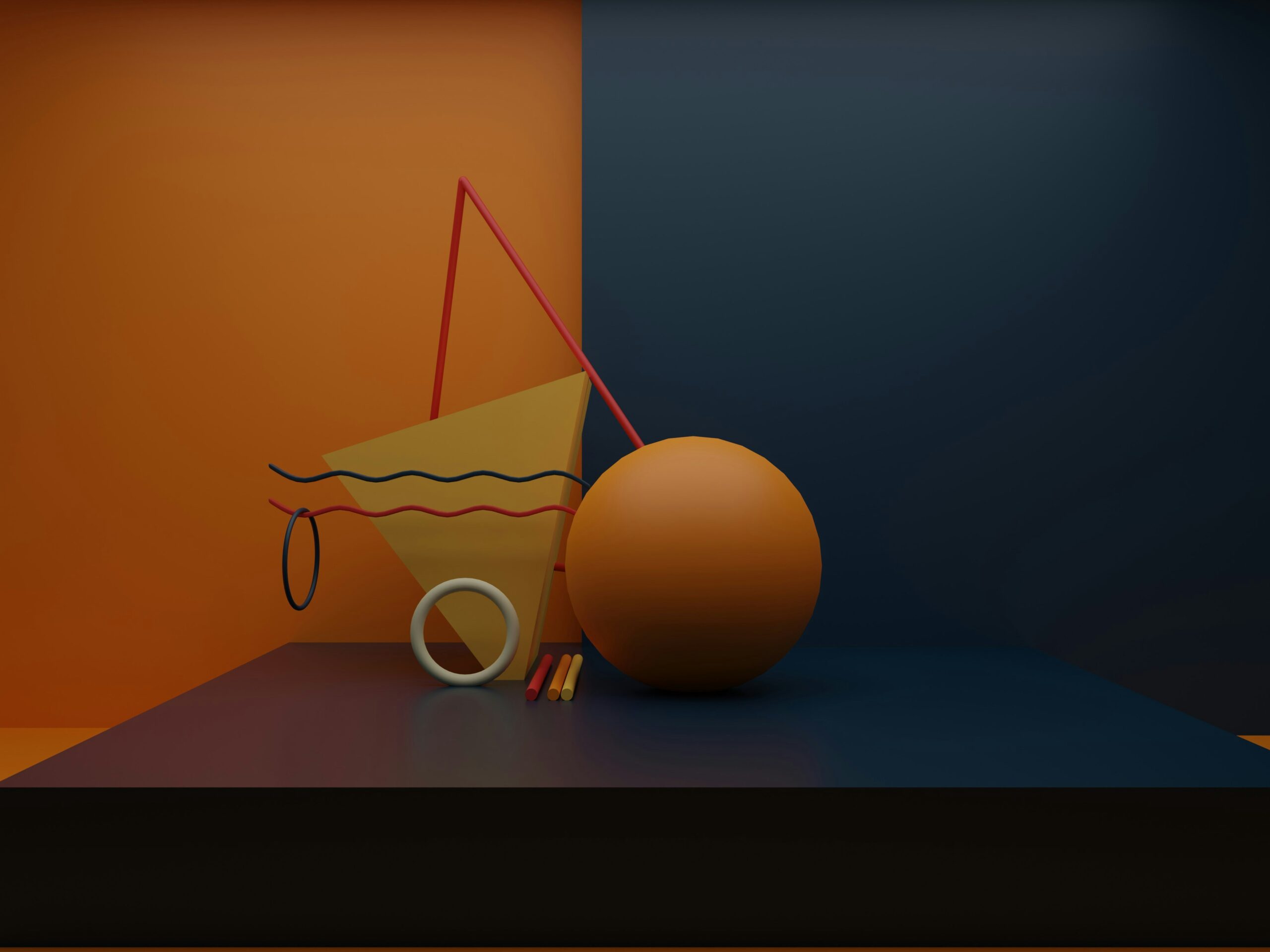
Our Analytical Approach
A methodical process for investigating historic finishes
Rigorous Scientific Methodology
Our analytical process combines traditional examination techniques with advanced scientific methods to provide comprehensive characterization of historic finishes. Each project begins with a thorough assessment of the object and careful planning of sampling strategy to minimize impact while maximizing information gained.
We document all findings in detailed reports with high-resolution photography, cross-section micrographs, analytical data, and interpretations of results. This information becomes an invaluable record for conservators, historians, and property stewards, guiding both immediate treatment decisions and long-term preservation planning.
Our laboratory is equipped with specialized microscopy, spectroscopy, and chemical analysis tools specifically calibrated for historic finish investigation. All analysis is conducted by trained conservation scientists with expertise in both historical materials and contemporary analytical methods.
Preliminary Examination
Initial non-destructive assessment using visible and ultraviolet light examination to identify areas of interest and develop sampling strategy.
Micro-Sampling
Careful extraction of minute samples (typically less than 1mm) from inconspicuous areas, documenting each sample location for future reference.
Cross-Section Preparation
Embedding samples in resin and polishing to reveal the complete stratigraphy of finish layers for microscopic examination.
Instrumental Analysis
Application of specialized analytical techniques including polarized light microscopy, FTIR spectroscopy, and microchemical testing to identify materials.
Data Interpretation
Expert evaluation of analytical results to determine finish composition, sequence, and historical context.
Comprehensive Reporting
Production of detailed documentation with micrographs, analytical data, interpretations, and recommendations for conservation treatment.
Common Questions
Answers to frequently asked questions about our analytical services
How are samples taken for paint analysis?
Is paint analysis destructive to historic objects?
How accurate is historic color matching?
What information can paint analysis provide?
How long does paint analysis take?
Can you analyze both interior and exterior paints?
Unlock the History Hidden in Your Historic Finishes
Whether you're embarking on a restoration project, conducting scholarly research, or simply curious about the original appearance of your historic property or artifact, our scientific analysis services can provide invaluable insights. Contact us to discuss how our analytical expertise can support your preservation goals.
Schedule a Consultation